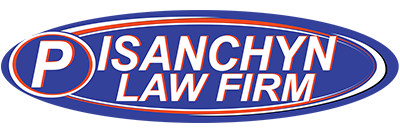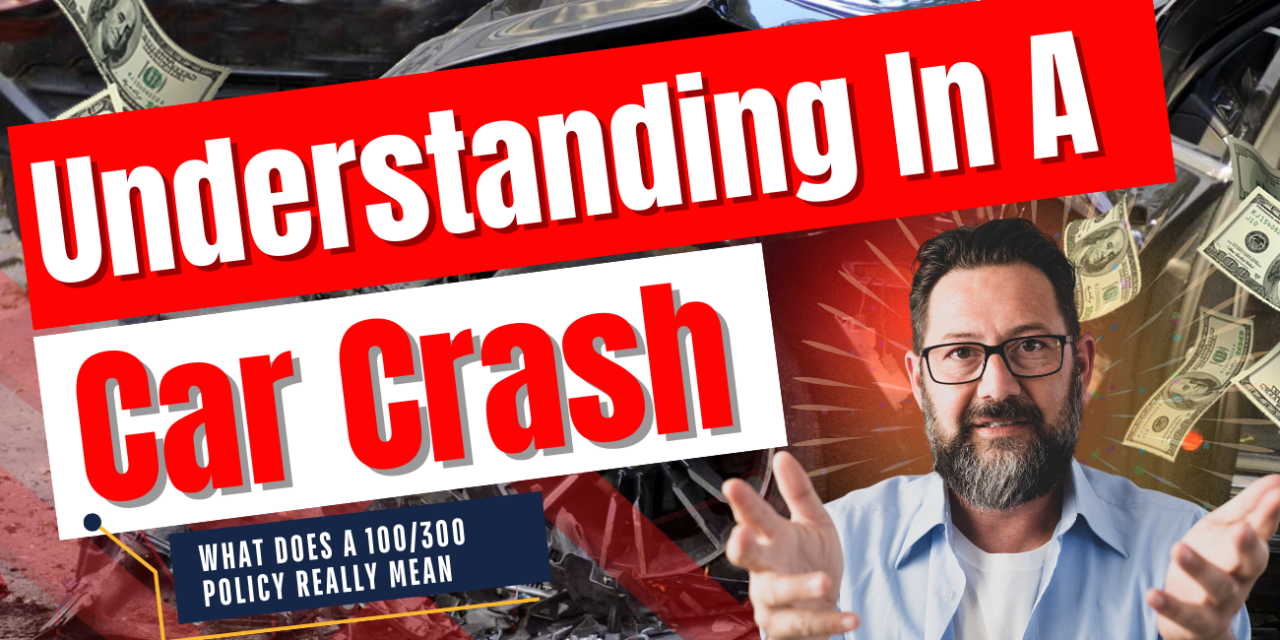This isn’t a Thursday song—it’s your financial future.
If you’re a fan of early 2000s post-hardcore, the phrase “Understanding In a Car Crash” probably brings to mind the band Thursday, not your insurance coverage. But in this case, we’re not talking about guitars and angst—we’re talking about what actually happens when you’re injured in a car accident and the at-fault driver has a 100/300 insurance policy.
Because while the song is about emotional wreckage, the real-world version involves insurance adjusters, liability limits, and compensation offers—and unless you understand how these policies work, you could walk away with far less than you deserve.
What Does a Car Insurance Policy Actually Cover?
Car insurance can feel complicated—especially after a crash. If you’ve been injured by another driver, you might hear terms like “100/300 policy” thrown around. But what does that mean? And more importantly, what does it mean for you and your ability to recover compensation?
Whether you’re filing a claim or just trying to understand your options, it’s crucial to know how these policies work—and how insurers calculate what they owe.
What Is a 100/300 Insurance Policy?
When someone refers to a 100/300 auto insurance policy, they’re usually talking about the liability limits in the at-fault driver’s policy. Here’s how to break it down:
-
$100,000 = The maximum the insurer will pay per person for bodily injury
-
$300,000 = The maximum the insurer will pay per accident, no matter how many people are injured
So, if you’re hit by someone with a 100/300 policy:
-
You can receive up to $100,000 for your injuries
-
But if multiple people are injured, the total payout is capped at $300,000 to be split among all injured parties
Other Common Policy Types
Besides 100/300 policies, there are other common liability coverages you might encounter:
-
15/30 – The minimum required in many states. Pays $15,000 per person, $30,000 per accident.
-
25/50 – A common entry-level policy. $25,000 per person, $50,000 per accident.
-
250/500 – Higher coverage, often chosen by professionals or those with more assets to protect.
-
Single Limit Policies – These provide one total limit (e.g., $300,000) that can be used however needed, without per-person caps.
How Insurance Companies Calculate Payouts
Insurance companies don’t simply cut a check for the policy limits. Instead, they evaluate:
-
The severity of your injuries
-
Medical bills (past and expected future)
-
Lost wages and loss of earning capacity
-
Pain and suffering
-
Permanent disability or disfigurement
-
Liability (fault) – If liability is disputed, they may offer less
The insurer’s goal is to pay as little as possible. Even with a 100/300 policy in place, the first offer you receive is almost never what you’re actually entitled to.
What Happens When You Don’t Have an Attorney?
If you don’t have legal representation, here’s what typically happens:
-
The insurance adjuster contacts you early, appearing helpful
-
They may offer a quick settlement, often far below policy limits
-
They may request a recorded statement to use against you
-
They may delay or deny parts of your claim to pressure you into settling
Without an attorney, you’re at a disadvantage—especially if your injuries are significant.
What Happens When You Do Have an Attorney?
When you hire an experienced personal injury attorney:
-
The insurer knows you understand the value of your case
-
Your attorney can demand policy limits if your damages exceed them
-
They can negotiate medical liens and maximize your net payout
-
They may uncover additional coverage (like umbrella policies or underinsured motorist coverage)
-
If needed, they can file a lawsuit and prepare your case for trial
Insurance companies reserve their best offers for claimants with representation—because they know they’re more likely to face litigation and higher payouts.
Final Thoughts
If you’ve been injured in a crash, understanding the other driver’s insurance policy is the first step in protecting your rights. A 100/300 policy may sound generous, but that doesn’t mean the insurer will hand over those limits without a fight.
Contact us today for a free consultation.





